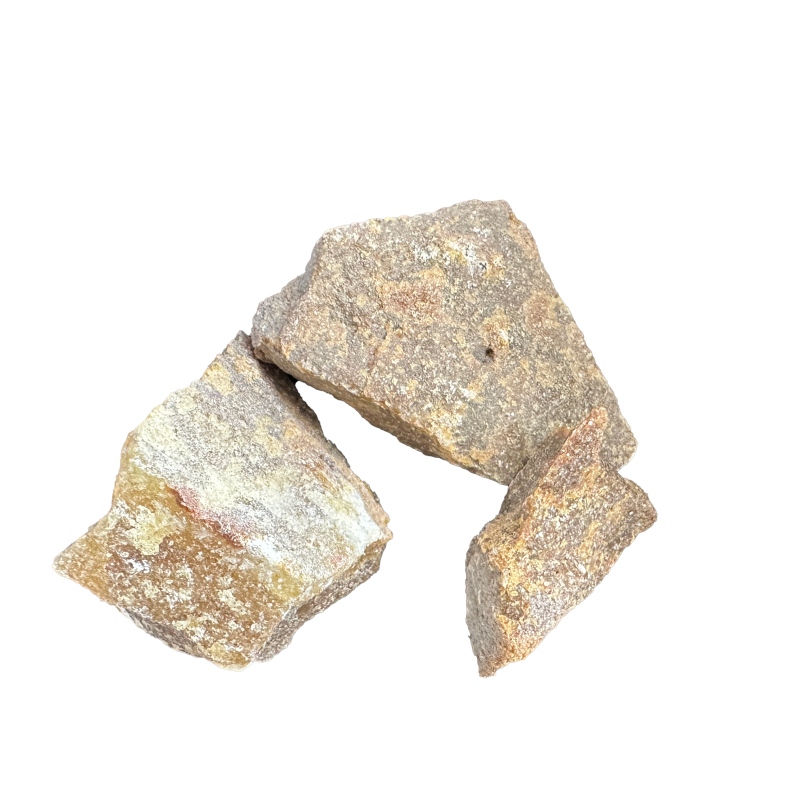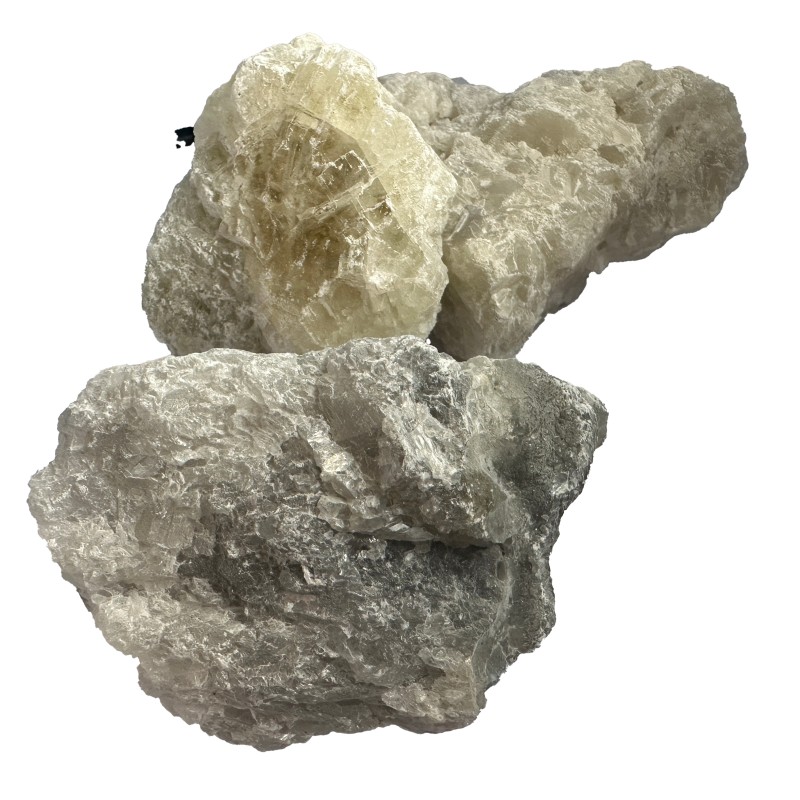
Definition and Properties of Fused Magnesia
2023-08-17 08:26Definition and Properties of Fused Magnesia
Fused magnesia is a high-purity, large crystalline grain, and dense structured material that serves as a high-temperature electrical insulation material. Now let's discuss the different types of magnesia sand.
1. Dead-burned magnesia sand: With a content of 90%, 91%, or 92%, this product is produced by sintering magnesite ore at high temperatures in a vertical kiln. It has a high MgO content, typically between 90% to 93%, making it a raw material for producing ordinary magnesia bricks and unshaped refractory materials.
2. Mid-grade magnesia sand: With a content of 94% or 95%, this product is made by using high-grade and first-grade magnesite ore, which undergoes light burning, fine grinding, ball pressing, and high-temperature sintering in a vertical kiln. It has low impurity content, high bulk density, and excellent slag resistance. It is suitable for manufacturing mid-grade magnesia bricks or magnesia-based unshaped refractory materials.
3. High-purity magnesia sand: With a content of 97%, this product is made by using high-grade magnesite ore, which undergoes light burning, fine grinding, dry pressing, and super high-temperature oil sintering. It has a MgO content greater than 97%, low impurity content, and a dense structure with direct bonding between crystals. It is an ideal raw material for producing high-grade alkaline bricks.
4. Fused magnesia sand: With a content of 98%, this product is produced by melting high-grade magnesite ore or lightly burned magnesia sand in an electric arc furnace at high temperatures.It has large crystal grains, dense structure, strong slag resistance, and superior high-temperature volume stability. It is a good raw material for high-grade alkaline bricks, carbon-containing products,and unshaped refractory materials.
5. Light-burned magnesia sand: This product is produced by calcining magnesite ore in a rotary kiln.It has a high MgO content and strong chemical activity. It is used as a raw material for producing high-quality magnesia sand, synthetic spinel sand, and can be used in the production of magnesia cement. It is also an important raw material for the ceramic, construction, and chemical industries.


